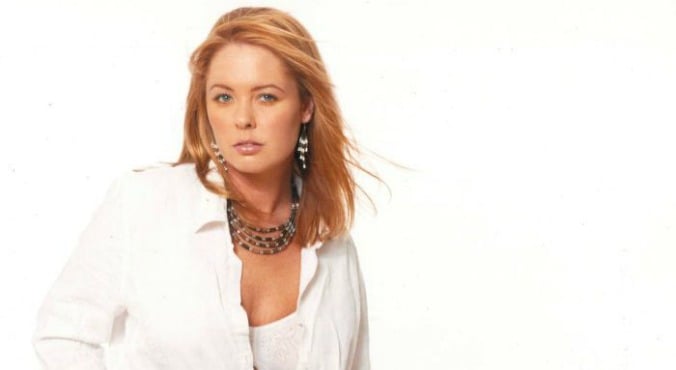
Image: ABC/Chelsea Bonner (supplied)
By Lisa McGregor, Australian Story
Chelsea Bonner is on a mission. She wants the fashion industry to change the way beauty, size and body image are represented.
While Australian women have gained weight over the past few decades, the female ideal has largely stayed the same: tall, skinny — and usually young.
In the last five years alone, the waist measurement of the average Australian woman has stretched by two centimetres. That puts the average Australian woman at a size 14 or 16.
But while Australia’s women have expanded, the average size of our models has remained at a six to 10.
This means there is a large and growing gap between the average woman and the woman depicted in the pages of fashion magazines.
Does size matter?
Do you have to be slim to be beautiful? No, argues Bonner, founder of Bella Model Management, a model agency for plus-size, or larger, models.
“We should not be telling women that they need to be skinny in order to be considered attractive,” Bonner says.
But the fashion and media industries seem to think differently.
As Bonner explains, the effect of this narrow ideal of beauty is to make “women feel unworthy”. But is it possible to change such deeply engrained ideas about what is beautiful?
At a practical level it is, according to Bonner. And many in the fashion industry agree with her. It all comes down to the sample sizes made by fashion designers.





































































































